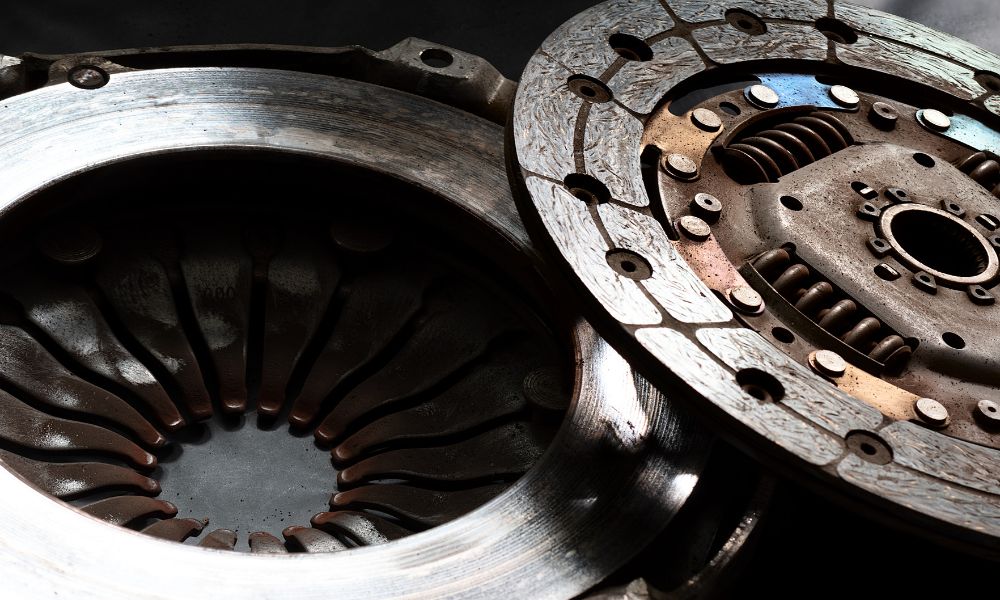
 business
business 
The last thing any driver of a hydraulic clutch wants to hear or feel is grinding noises, gear slippage, or a sticky clutch. All these problems point to a degraded or failing hydraulic clutch. To help you avoid this, we’ve provided some simple tips for making your car’s hydraulic clutch last longer below!
One of the first lessons any manual transmission driver should learn is not to ride the clutch. If you’re unfamiliar with it, riding the clutch means the driver keeps the pedal partly depressed while driving. Some think this helps them change gears quicker, but it’s harming the clutch components.
Even the lightest pressure on the clutch pedal while in gear can cause friction on the clutch plate. So keep your foot off the pedal when you’re not changing gears, and protect the key clutch components like the clutch disc, pressure plate, and release bearing.
Every hydraulic clutch has a reservoir in the vehicle’s engine bay that holds the clutch fluid. Not every clutch has a clutch reservoir, but every hydraulic clutch does. Like every fluid reservoir in your vehicle, drivers must regularly replenish it to ensure its capability occasionally.
Drivers should replenish their clutch reservoir every two years or 20,000 miles. If your clutch struggles to change gears or the pedal feels soft, a lack of fluid in the reservoir could be the issue.
Another tip to make your car’s hydraulic clutch last longer is to shift into neutral when possible. One of the most aggravating situations for a clutch is sitting in traffic or at a red light in first gear. When a clutch sits in first gear with the brake holding it stationary, it puts excessive strain on the clutch components. It may not seem like much, but it can add up quickly when considering all the time you spend sitting in traffic or stopping at traffic lights.
Instead, experts recommend manual transmission drivers to shift into neutral and use the handbrake to stay stationary. When the gears are in neutral, there’s no pressure on the clutch, and you don’t have to hold down the brake with your foot. Over the clutch’s lifespan, you can save it from a ton of wear and tear by shifting into neutral instead of first gear.
This is slightly cheating because it’s upgrading a stock clutch with a performance clutch. However, one of the reasons to upgrade your hydraulic clutch kit is its enhanced durability and longevity. Stock clutch components are fine for the average driver. But if you have a sports car you like to push to its limits, you should get a clutch that can handle that increased pressure and performance. An aftermarket hydraulic clutch can provide higher performance. It’ll also last longer thanks to more heavy-duty materials like Kevlar and carbon fiber.
Consider these ideas if you want your hydraulic clutch to last as long as possible. Remember not to ride the clutch, shift into neutral when able, and check on your clutch reservoir for a long-lasting and high-performing hydraulic clutch!
24World Media does not take any responsibility of the information you see on this page. The content this page contains is from independent third-party content provider. If you have any concerns regarding the content, please free to write us here: contact@24worldmedia.com